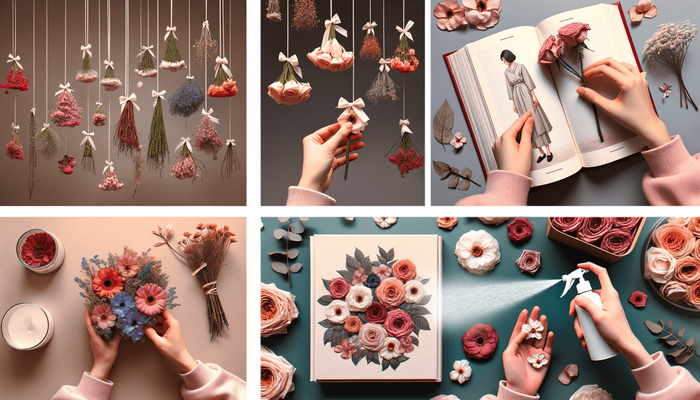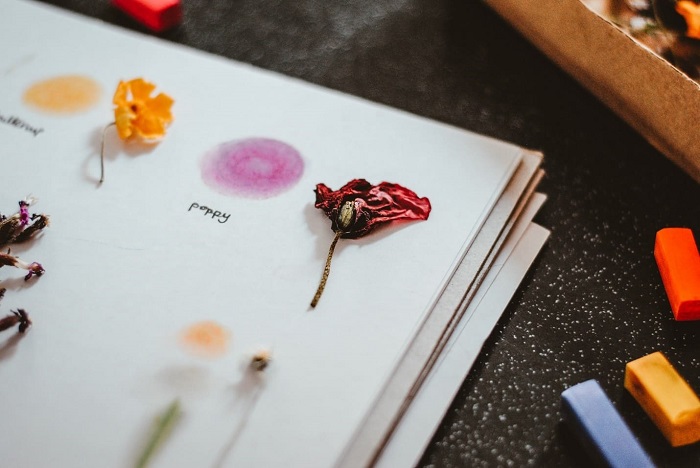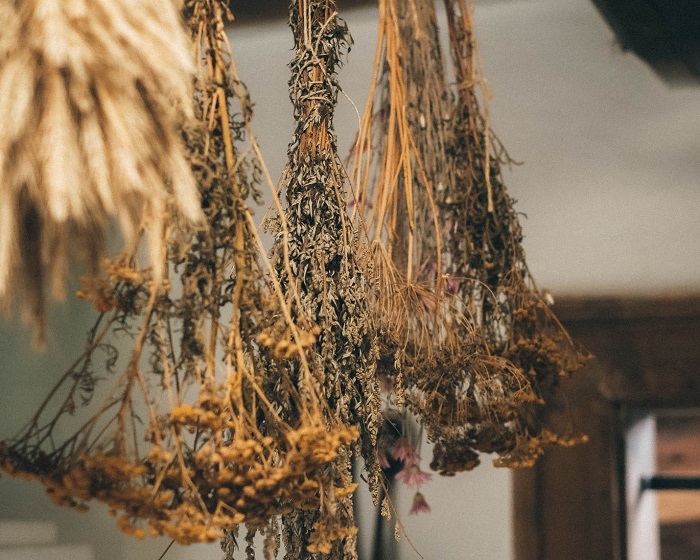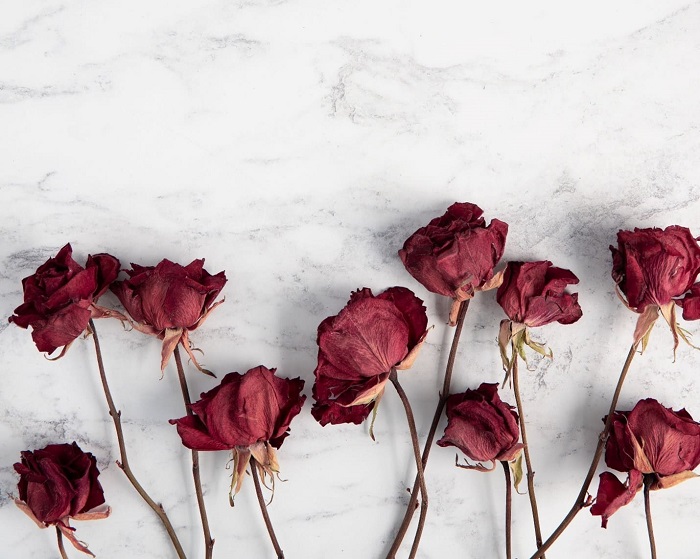4 Ways to Preserve Your Valentine’s Day Flowers

Seeing that sweet and oh-so-lovely Valentine’s Day flowers wither and die is certainly heartbreaking. But with fresh flowers’ perishable nature, you can only do so much to extend its life. There’s still one thing that you can easily do, though, to make those beautiful blooms from Valentine's Day last longer: preserve them.
Here are four ways you can try to preserve flowers and keep your beautiful gift from your Valentine for longer.
1. Press
The most popular method, pressing is a quick and easy way to preserve fresh flowers. You can use a special device called a plant press or simply use a large, heavy book with glossy pages. You can also press blooms between layers of newspaper or paper towel in between heavy books. If the flower is fleshy, you will have to change the paper towel after the first 1-2 days to prevent mould growth.

This method is ideal for fine and delicate blooms or rows of petals. Pansies, violas, wild roses, forget-me-nots, lavender, delphiniums, poppies and dianthus are perfect for pressing. It’s best to choose blooms in orange or yellow colour because they will retain their vivid hue when pressed. You may want to avoid blues and purples. Expect pink blooms to fade and red blooms to turn brown in colour when pressed.
Let the weighted book sit undisturbed for at least four weeks for perfectly pressed flowers.
2. Air Dry
The oldest method, air drying is the good old hang-and-dry method. This procedure is best used on blooms cut before being fully open and flowers with strong stems. Blooms dried in this way will be extremely stiff and the petals may become very brittle. Celosia, goldenrod, heather, baby’s breath, and statice preserve well with this method.

You only need to hung flowers upside down on a hook, coat hanger, or clothesline for several weeks in a warm, dark, and dry place with good air circulation. The flowers must be away from direct sunlight. Darkness will help preserve the flower colour although pink flowers will still fade. Blue and yellow blooms retain their colour best when air dried.
3. Silica Gel
For this method, you will need silica gel, an airtight container that will fit the blooms, and gardening shears. First, gently pat the flowers dry ensuring there is no water between petals. Then, trim the stems if you need to. Second, fill the container up to an inch with silica gel then lay the flowers down leaving enough space between each bloom. Next, pour more silica gel to cover the layer of flowers. Leave this with airtight cover for about 5-10 days until the flowers dry.
For blooms with large flower heads, you can use a mason jar or any glass jar with wide mouth and lid. Place the large flower head face up in the container and gently pour silica gel over it.
The silica gel draws moisture out of the plant tissues without damaging the flower colour. This method is suitable for quick-dying blooms and flowers with closely packed petals such as roses.
4. The Quick & Techy Way
Don’t like to wait for a long time? Go hi-tech and use a microwave plus silica gel or a food dehydrator.
To do the microwave method, put about two inches of silica gel on the bottom of a microwave-safe bowl. Place your flowers in the gel and pour more silica gel over the flowers. Microwave it uncovered for about three to four minutes. The time and amount of heat will depend on the type of flowers you’re drying. You can use a toothpick to check if the petals are dry. Let it cool for at least 30 minutes. You have the option to seal the dried flower with hairspray or non-yellow spray varnish.

When using a dehydrator, make sure the blooms are set in a single layer with no flower overlapping or touching another flower. Consider using a tray that you will no longer use for food as dehydrated blooms tend to leave a hint of scent. You can dehydrate pompoms zinnias, carnations, daisies, marigolds, coneflowers, and Queen Anne’s lace. Depending on the size of the flower heads, it will take you about 4-12 hours to get your blooms dehydrated and dried.
